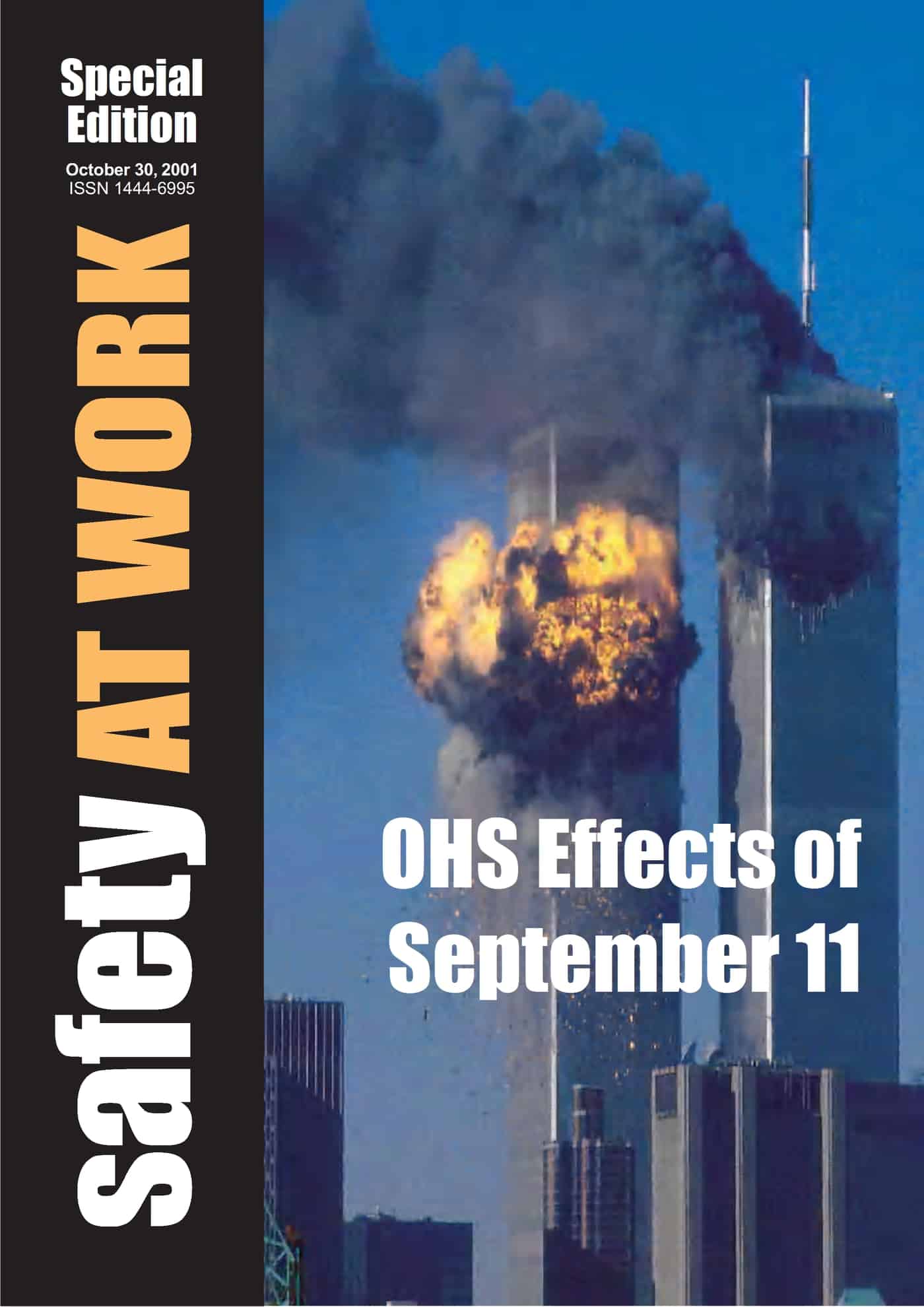Regardless of concerns over the veracity of data, Tourism Australia’s “No Leave, No Life” campaign is continuing to develop its media presence.
The Seven Network announced this week that “No Leave, No Life” will form the basis of a television program to be broadcast from 5 December 2009. As is the nature of TV shows, when a new successful format is found, it can travel around the world. So, be warned.
The rationale of the “No Leave, No Life” tourism campaign is that employees hold on to their annual leave entitlements and amass many weeks’ leave. The employer groups have supported this campaign, principally, because this reduces the salary reserves each company must carry to cover the entitlements. Individually, employees can convince themselves that they are indispensable. The risk, from the workplace safety perspective, is that the individual is not accessing the mental health and stress relief that can come from being away from a workplace for several weeks.
Individually, employees can convince themselves that they are indispensable. The risk, from the workplace safety perspective, is that the individual is not accessing the mental health and stress relief that can come from being away from a workplace for several weeks.
Having no break from work mode can unbalance one’s life and put considerable strain on personal and family relationships. Just like adequate sleep can have productivity benefits, so can taking annual leave on a regular basis
There is also the organisational benefit that can come from breaking the routine. Just as individuals may come to believe they are indispensable, so an organisation can come to rely too heavily on individuals. A healthy corporate system should be able to cope with the absence of any staff member or executive for a short period of time (the period of annual leave).
Business continuity would dictate that a business can continue without key people permanently. Coping without these people for a short period each year can be considered a trial run of continuity.
In relation to the new television program the Seven Network advised SafetyAtWorkBlog that each episode is structured around the removal of a worker who has a large amount of annual leave from their workplace for a holiday within Australia (hence the Tourism Australia support). The viewer appeal, other than watching someone else have a good time, is that a comedian is used to fill the role of the holidaying staff members. The show is likely to illustrate several points – no one is indispensable, a regular holiday is an important individual activity, and, although not indispensable, the employee and their effort is valued by the organisation.
The show will follow people from these occupations:
- a paediatric nurse in a cardiac ward;
- a sales manager in a brewery
- an ambulance paramedic; and
- a charity events manager.
The OHS role and benefits of regular leave are not as overt in the program as they could be but that is not he purpose of the program. It is clearly a program that would not have existed without the Tourism Australia campaign. It has been designed to encourage Australians to take holidays and to holiday within Australia.
It is hoped that if and when people return to work refreshed they may realise how important regular leave is to their own wellbeing and mental health but having stress management or career burnout as a motivation for the employees themselves to take leave would have been more instructional.
Of course, it should be pointed out that businesses are doing themselves no good by allowing for the accumulation of excessive leave in the first place. In fact, it could be argued that by not enforcing the taking of leave the companies are increasing the stress of their employees and contributing to the social dysfunction that can result from such a work.life imbalance.

 Prior to that time, in 1995 to 1997, Matthew Gill was the Responsible Officer for the mine. From 1997, Gill appointed other people to undertake the role that is required by legislation. Sometimes there were three people in the role at the same time. Professor Michael Quinlan was quoted in the
Prior to that time, in 1995 to 1997, Matthew Gill was the Responsible Officer for the mine. From 1997, Gill appointed other people to undertake the role that is required by legislation. Sometimes there were three people in the role at the same time. Professor Michael Quinlan was quoted in the PG: This is a real fascination for us. We first came across workplace safety as a major issue for one of our clients, DuPont, where safety culture is so embedded in their business that you can’t walk into their offices without picking it up. We realised that, as sustainability experts, we had hardly ever come across that issue. The people who talk about sustainability also talk about corporate social responsibility, human rights in developing countries, climate change, biotechnology, ethics, every issue you could think of but they very rarely, except in a token way, talk about workplace safety.
PG: This is a real fascination for us. We first came across workplace safety as a major issue for one of our clients, DuPont, where safety culture is so embedded in their business that you can’t walk into their offices without picking it up. We realised that, as sustainability experts, we had hardly ever come across that issue. The people who talk about sustainability also talk about corporate social responsibility, human rights in developing countries, climate change, biotechnology, ethics, every issue you could think of but they very rarely, except in a token way, talk about workplace safety.



